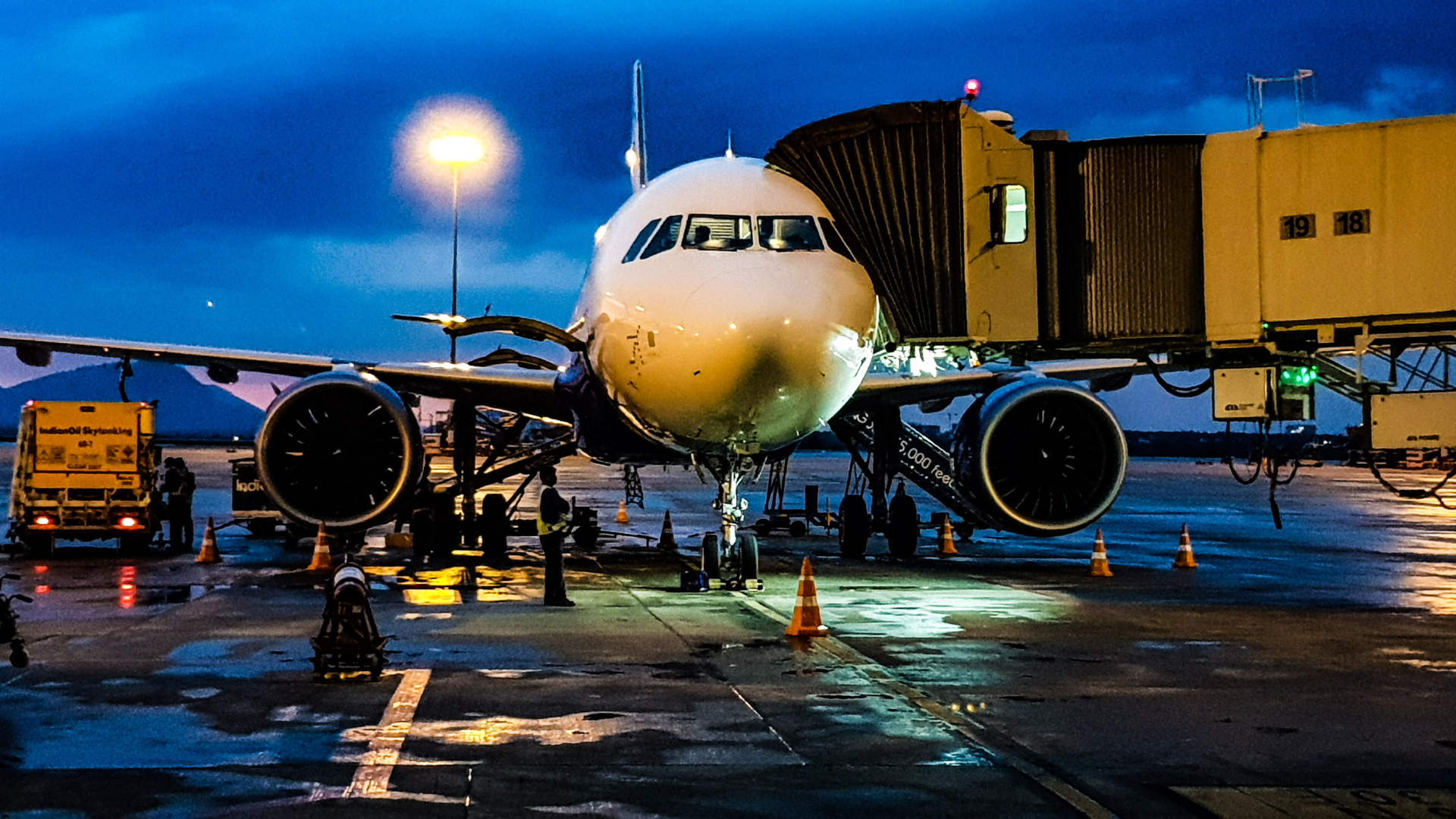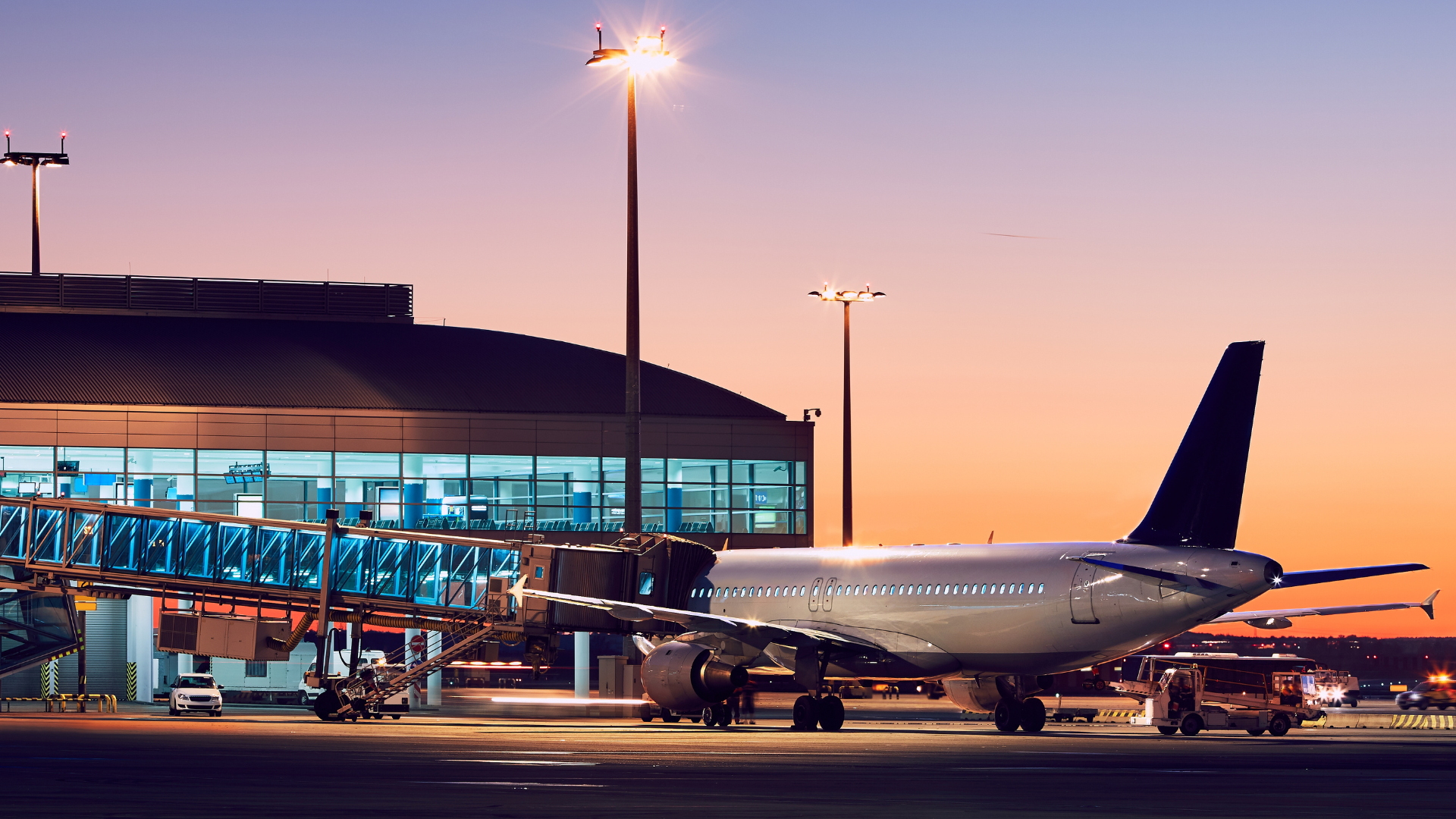A Decade of Safer Skies: How Europe's Aerodromes Got Their Groove
Can you believe it's been ten years since the harmonised European Aerodrome Rules were introduced. It's like, one day we woke up, and boom—flying got even safer. T
Why these rules are so important?
Ensuring the safety of passengers and crew in the aviation industry begins long before an aircraft takes to the skies - it starts on the ground, with the design and operation of the aerodrome itself playing a crucial role. Aerodromes, or the parts of an airport dedicated to aircraft landing, taking off, taxiing to parking stands, and undergoing servicing and preparation for subsequent flights, are pivotal in maintaining safety standards from the ground up.
The European Union recognized the significance of ground safety by implementing comprehensive aerodrome safety standards in 2014. These standards are not isolated but are based on global safety benchmarks. Considering that pilots and aircraft from all corners of the globe operate from European aerodromes, it's imperative that these safety standards are universally recognized and adhered to. The European Union Aviation Safety Agency (EASA) plays a vital role in this regard, contributing significantly to international standard-setting bodies like the International Civil Aviation Organization (ICAO) to ensure that these global standards promote safety effectively.
In a significant advancement for aerodrome safety, the European Union introduced its first common rule book for aerodrome safety in 2014 with Regulation 139/2014 (EU). This legislation marked a monumental step towards harmonizing operational and design rules across European aerodromes. For the first time, both large and small aerodromes used by passengers on commercial flights were required to adhere to a uniform set of design and operational standards, ensuring a consistent level of safety across the board.

Developed by EASA following extensive consultations and valuable feedback from the European aerodrome industry and Member States, these rules were designed to accommodate the diverse designs of Europe's aerodromes. Recognizing the challenges posed by the varying topographical and design limitations of aerodromes, the EU ADR regulations offer a degree of flexibility, striking a careful balance between the need for standardization and the practical realities of aerodrome operation. Just like the design of an aircraft and the operation of those aircraft are certified and ensure a high level of safety protection for airline passengers, the design and operation of an aerodrome since 2014 is also subject to a common European harmonised safety standard that ensures that all larger European used for commercial air transport are operated and designed to a common standard.
This common European standard is based on a global standard for aerodrome safety, since aviation is a global business with aircraft and pilots flying all over the world, aerodromes need to look and feel the same wherever they are in the world, while allowing for some limited controlled flexibility whenever an aerodrome has some local limitations that require a more flexible approach to comply with the rules.
Some examples of the activities that the rules cover
The introduction of a common set of European aerodrome safety rules brings numerous benefits to passengers and aviation stakeholders alike. These rules guarantee that rescue and firefighting operations are conducted uniformly across all EU aerodromes. This ensures that, in the event of an emergency, passengers can rely on a consistent level of safety, with access to appropriate firefighting equipment and well-trained firefighters. Moreover, by standardizing the design of runways, taxiways, and aprons, these rules minimize the risk of pilot distraction due to differing aerodrome designs, enhancing safety during both regular operations and emergency situations.

Beyond design standardization, the operation of an aerodrome involves safe interactions with various safety-critical service providers, from aircraft fuelling and de-icing to ground handling. The EU rules mandate common training requirements for personnel driving vehicles on aerodromes and establish sophisticated runway inspection programs. These programs are designed to secure the operational areas from foreign object debris (FOD) and hazardous wildlife, further ensuring the safety of aircraft operations.
When they were introduced 10 years ago, the European aerodrome safety rules represent a pivotal development in aviation safety, offering a comprehensive framework that enhances the safety of passengers and crew from the ground up. Through the implementation of these rules, the EU has not only standardized aerodrome design and operation but also ensured that European aviation adheres to the highest global safety standards.
Want to know more? visit the Aerodromes domain pages on the EASA Website.
What is coming next? The next step in this area of aviation is the new proposal by EASA to develop EU-wide common safety rules for Ground Handling.
You are not allowed to comment on content in a group you are not member of.
Air Operations